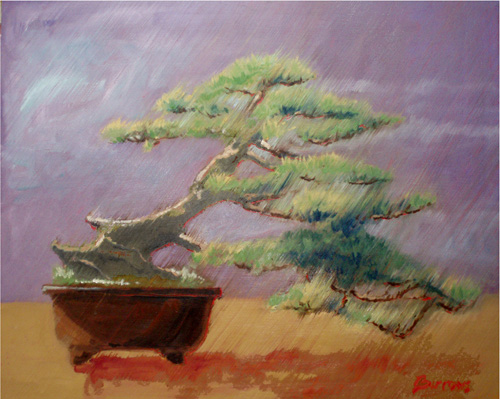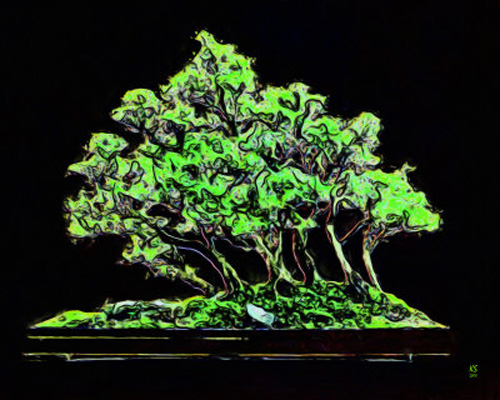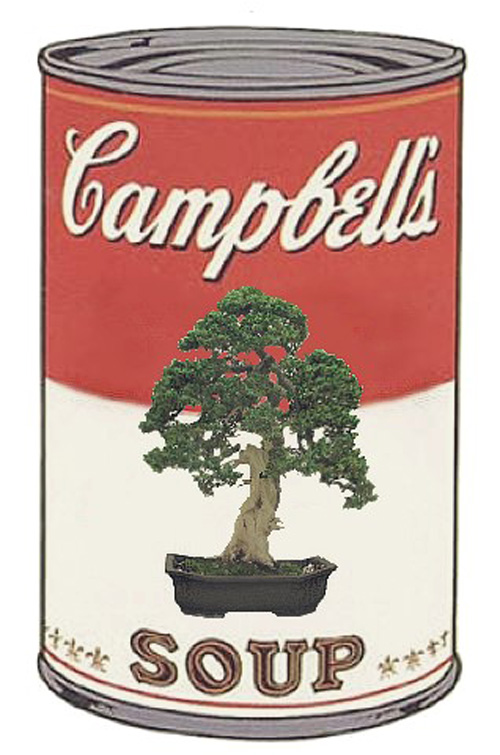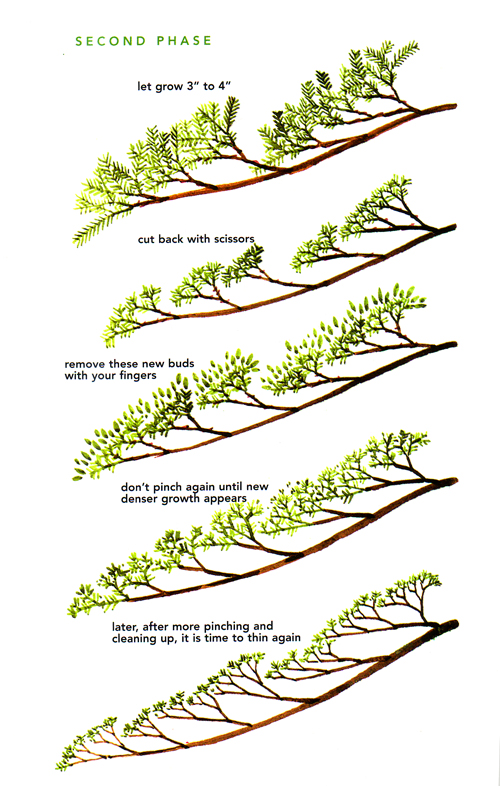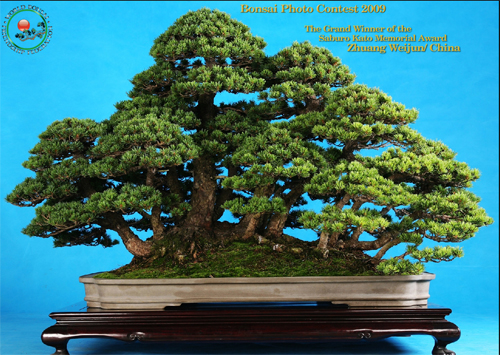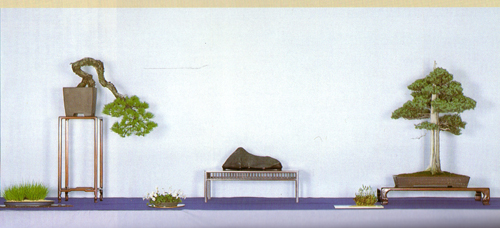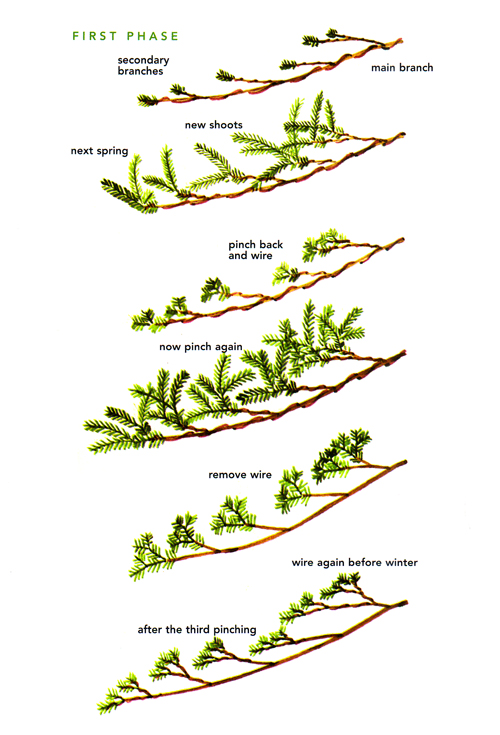
Needle juniper pinching
These drawings describe a ramification (branching) process for a Needle juniper. The techniques may be applied to other junipers and in some cases, to other types of trees. The drawings are from our Juniper book.
In the top drawing there are only secondary branches. These are allowed to grow and strengthen (second from the top) and are then (third) pinched back and wired (while they are still quite flexible). The pinching back encourages new buds which become new shoots. Then these new shoots are allowed to grow and strengthen (forth) before they are pinched again and the wire is removed (fifth). In the last drawing the new shoots are once again pinched and wired. I don’t think you could do this third pinching if you live where the growing season is very short (like here in northern Vermont).
Is pinching energy balancing?
Energy balancing is usually thought of as techniques to discourage growth in strong areas of trees and encourage growth in weak areas. However, in a broader sense, you could say that any pruning or pinching involves energy balancing. To quote our original post on energy balancing (way back in February); “Whenever you prune, trim or pinch, you are redirecting energy. If you remove a branch the energy (primarily water, gases and nutrients) that would have flown into that branch goes somewhere else.”
Pinching to encourage fine branching
In this case, pinching is used to encourage fine branching. Rather than just letting the secondary shoots continue to elongate, you pinch them back. Every time you pinch, you push the energy down a little. This encourages new buds to form just below where you pinched. These new buds become new shoots and eventually new fine branches. If you look at the illustrations above you can see how two more generations of shoots have developed on the secondary branches in one growing season.
Stay posted for the second season of pinching a Needle juniper.

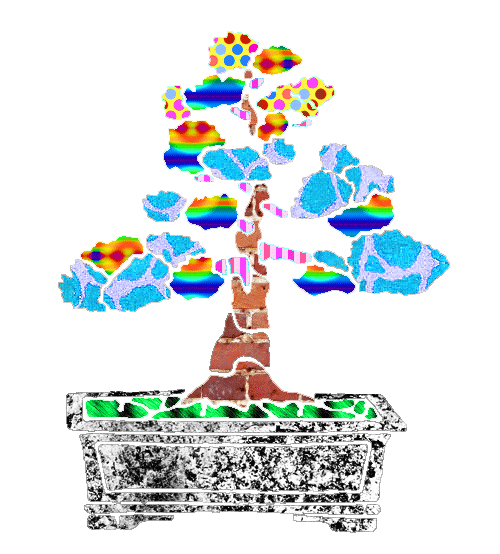 This was the
This was the 